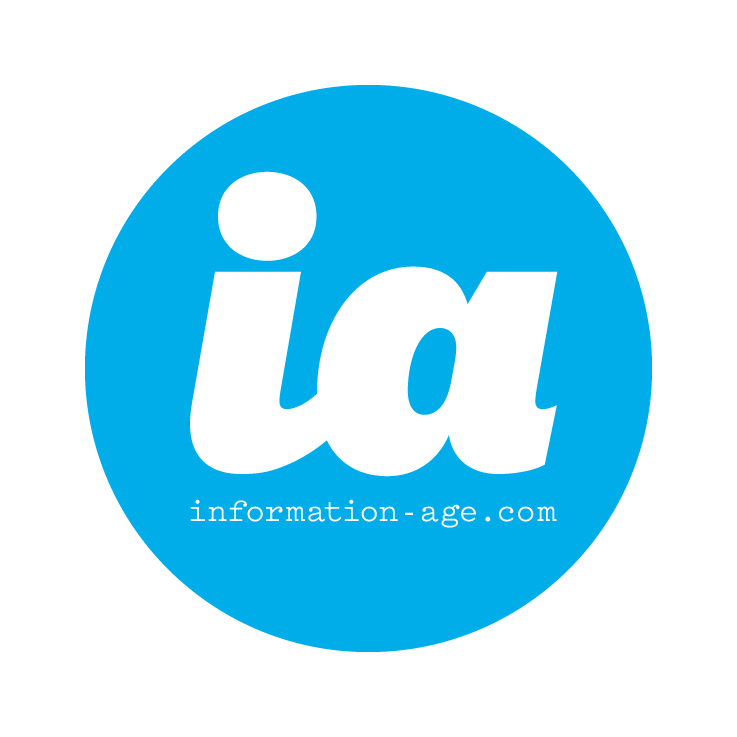Telecommunications regulator Ofcom has revised its proposals for 4G mobile telecommunications coverage in the UK, extending the minimum coverage from 95% of the popular to 98%.
In March last year, Ofcom laid its plans for licensing for the 800Mhz band of the radio frequency spectrum, which is to be used for 4G wireless technologies that promise faster download speeds than current, 3G mobile Internet services. The regulator suggested at the time that one license should include an obligation that the carrier build a network that covers 95% of the population.
Since then, however, chancellor George Osborne announced a plan to invest £150 million to support mobile services in areas of poor coverage. Following this announcement, Ofcom now believes it can increase the obligation to provide 4G services to at least 98% of the population.
It has suggested two ways in which this might work. The first is to simply up the minimum requirement on the license to 98%.
However, an alternative approach would be to demand that the license holder matches current 2G coverage and in addition uses whatever infrastructure is built with the government’s £150 million investment. Ofcom believes this second approach could deliver greater than 98% coverage.
Ofcom has launched a consultation on the proposals and will consider responses from the industry.
A number of mobile carriers are trialling 4G network services in the UK. In November last year, O2 launched a nine month trial of the LTE standard in London. Vodafone has run three 4G trials in the country, while Three recently announced a one month technical trial in the Thames Valley.
The International Telecommunications Union originally defined ‘4G’ as mobile network services that can deliver 1 gigabit per second data transfer speeds for slow-moving mobile devices.
However, neither of the network standards currently undergoing commercial trials, LTE and WiMax, can deliver this speed yet. The ITU has said that they can nevertheless be termed ‘4G’, in that they provide a “a substantial level of improvement” compared to 3G services.










